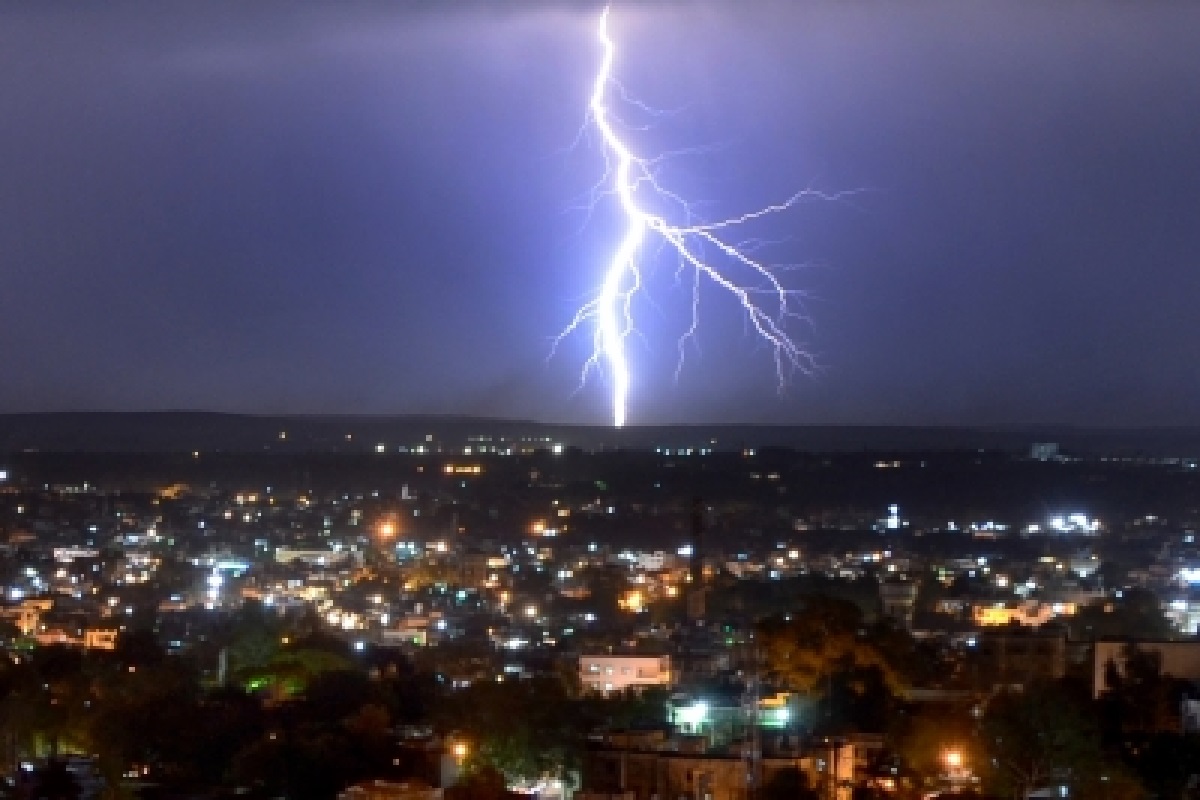India’s democratic dilemma
The fake news industry has grown by leaps and bounds under the tutelage of the BJP.
“When Covid-19 led to lockdowns, there was a reduction in pollution everywhere, said Yakun Liu, a meteorological researcher from the Institute.

RepresentationImage[Photo: IANS]
Global lightning activity dropped almost 8 per cent during the 2020 Covid-19 lockdowns, according to new research.
According to researchers from the Massachusetts Institute of Technology, the cause of the drop appears to be a connection between lightning and air pollution.
Advertisement
“When Covid-19 led to lockdowns, there was a reduction in pollution everywhere, said Yakun Liu, a meteorological researcher from the Institute.
Advertisement
Less pollution means fewer microscopic particles hazing the sky and serving as points of nucleation for water droplets and ice crystals, Liu explained.
Fewer tiny ice crystals in storm clouds means fewer collisions of crystals, which Liu and other researchers believed to be one of the ways thunderheads generate electrical charges that lead to lightning.
The three-month lockdown period from March to May in 2020, proved to be a valuable opportunity to test this idea by studying global lightning and aerosol data.
To measure the lightning activity the team used data from the Global Lightning Detection Network (GLD 360) and the World Wide Lightning Location Network (WWLLN).
For the aerosols they looked at satellite data showing the amount of air pollution in the atmosphere, measured as Aerosol Optical Depth, which is based on the way aerosols absorb and reflect light.
Comparing the years 2018 to 2021, season to season, the researchers found a significant drop in lightning and aerosols in most places during the lockdown, as well as a significant drop in lightning activity worldwide.
They presented their findings at the American Geophysical Union meeting in New Orleans last month, showing that there was a 7.6 per cent decrease in lightning strikes.
One measure studying intracloud flashes also measured 19 per cent fewer flashes in March 2020 to May 2020 when compared to the average number of flashes across the same period in 2018, 2019 and 2021.
They also found aerosol pollution and lightning generally followed the same pattern or tracked each other over Africa, Europe, Asia and the maritime countries of Southeast Asia, and smaller increases over much of the Americas.
Advertisement